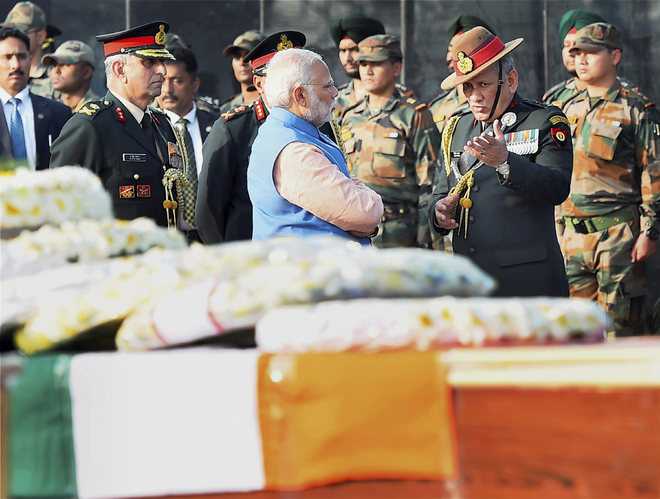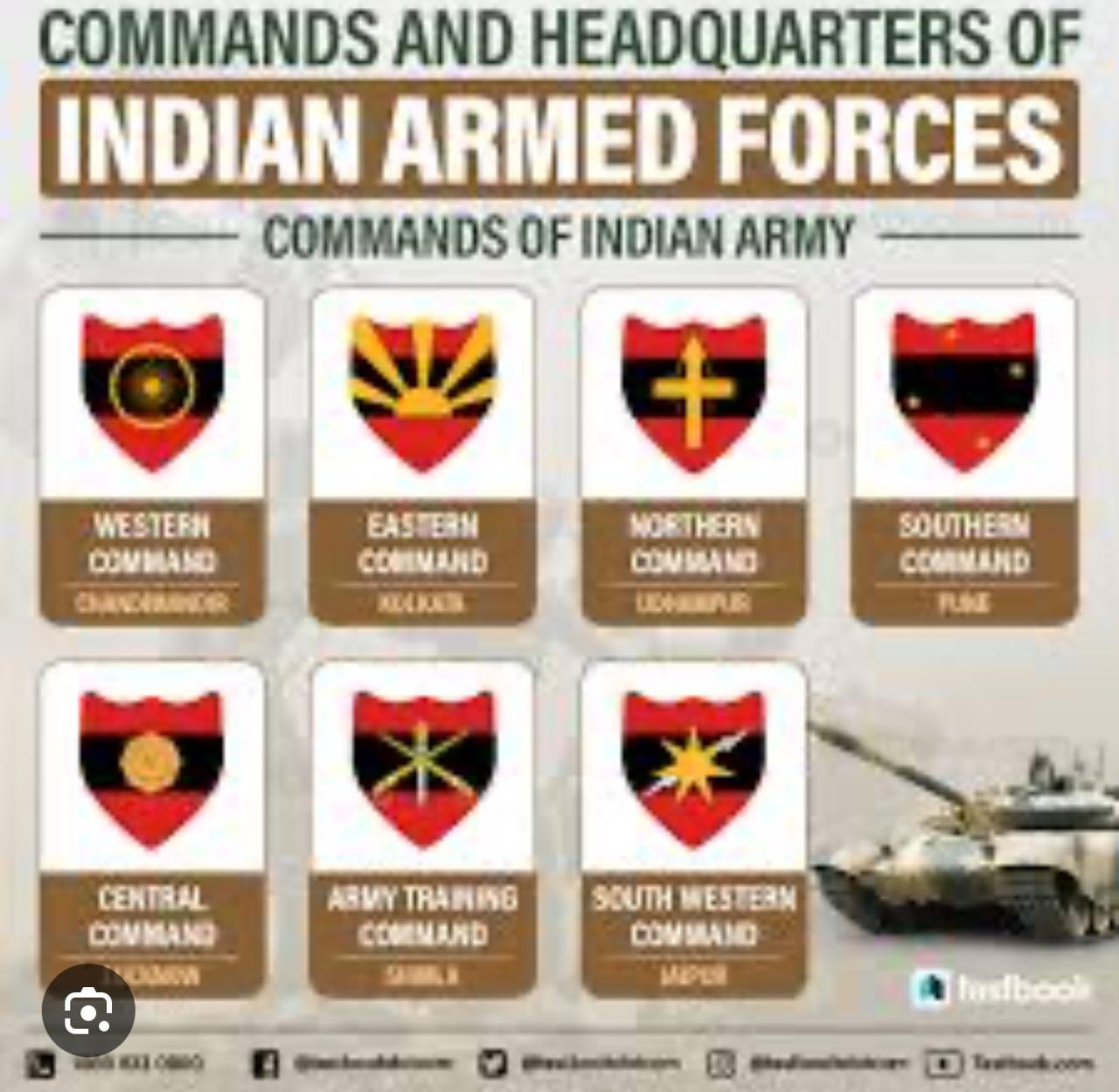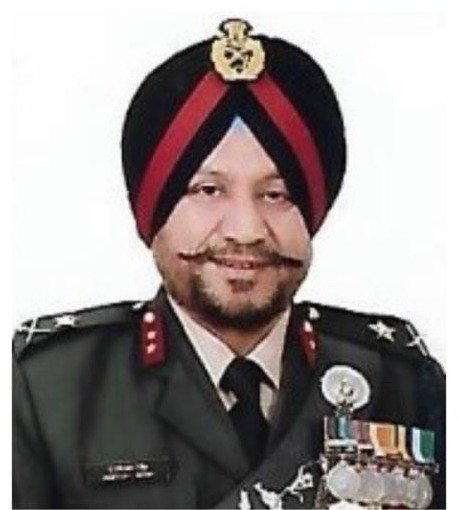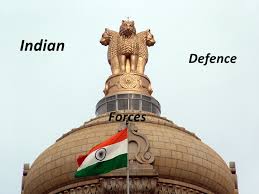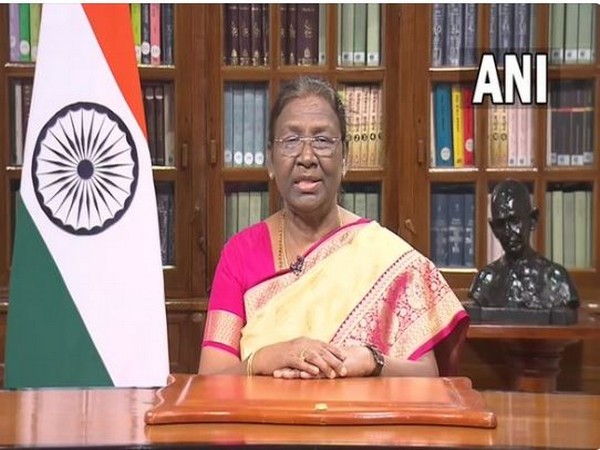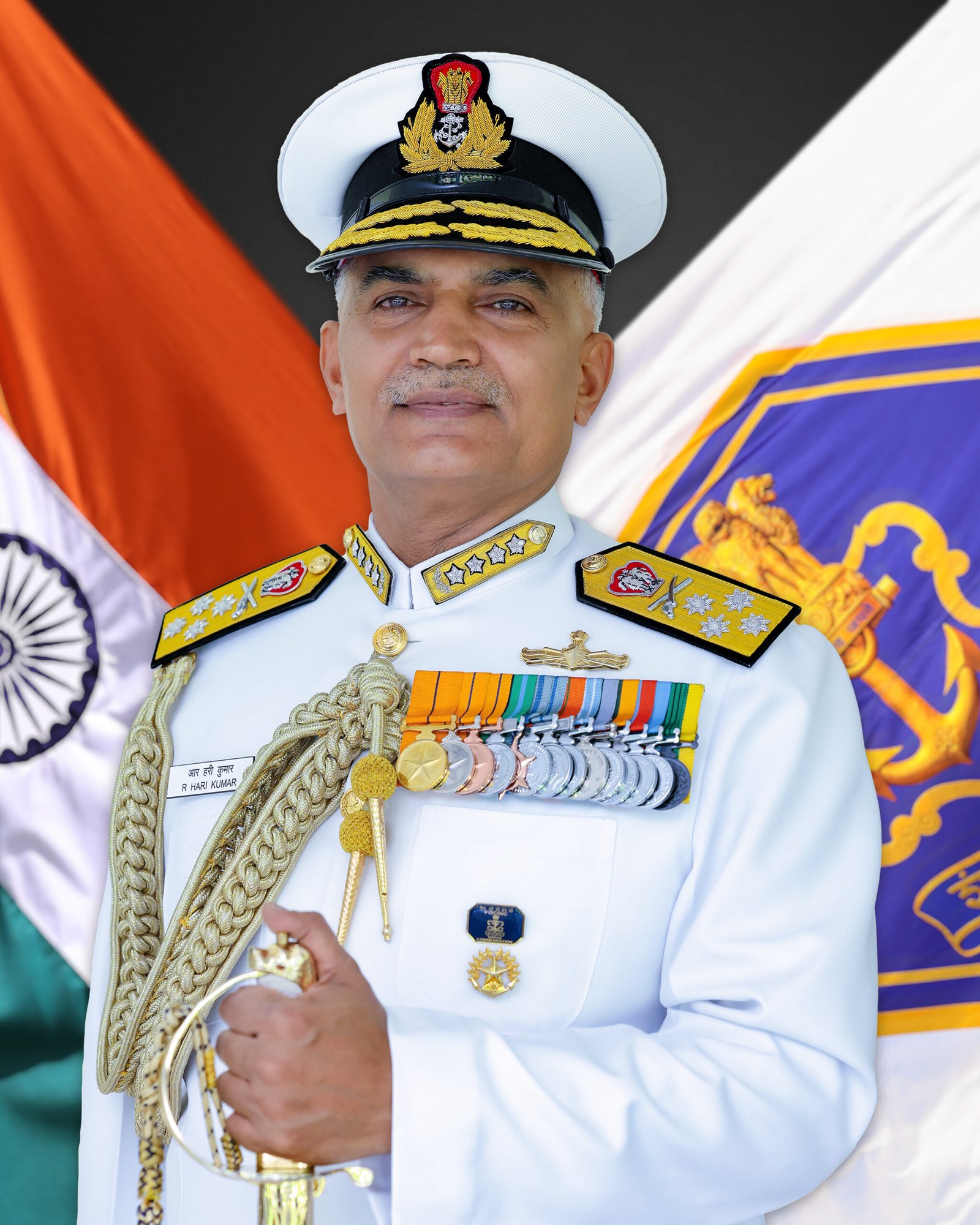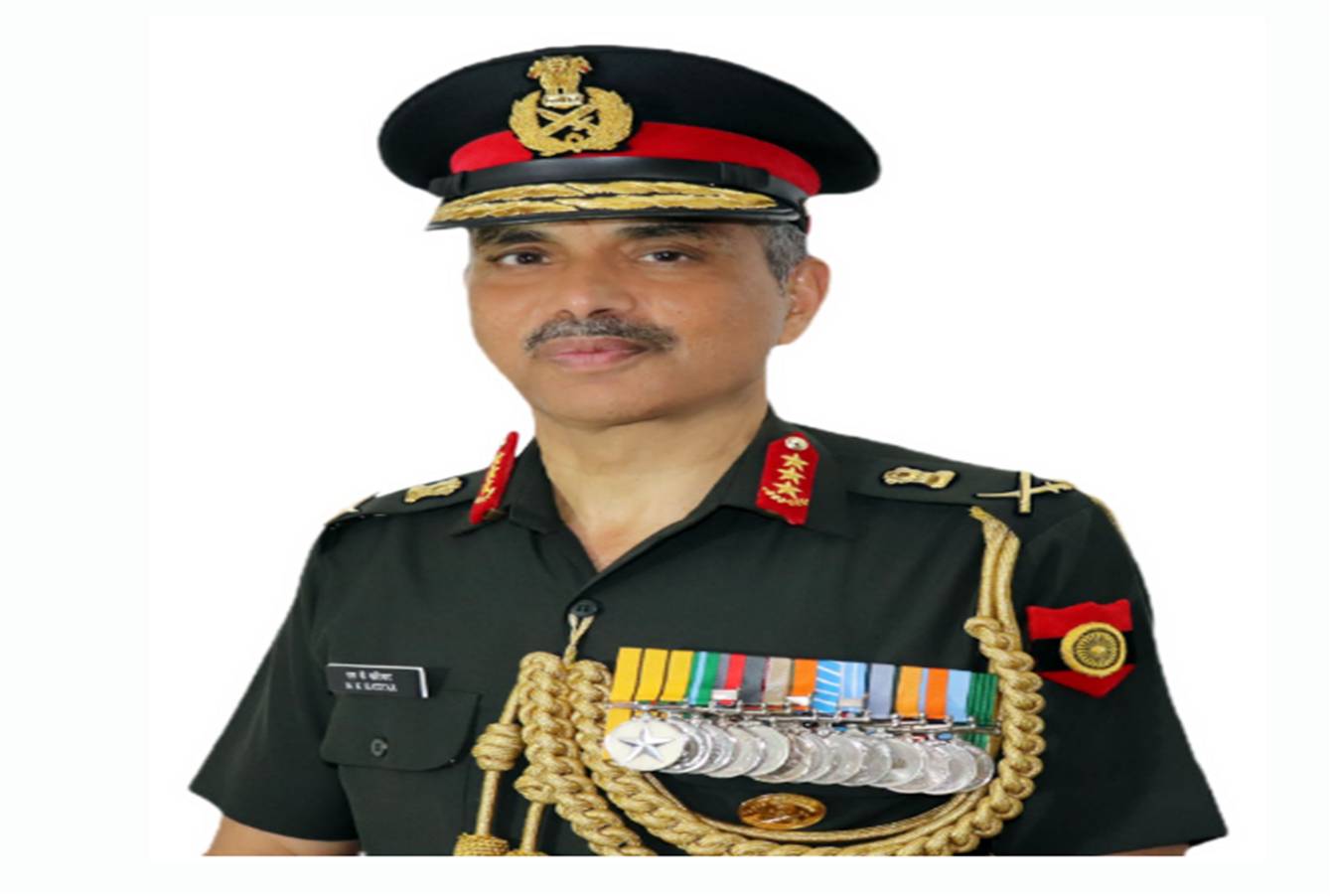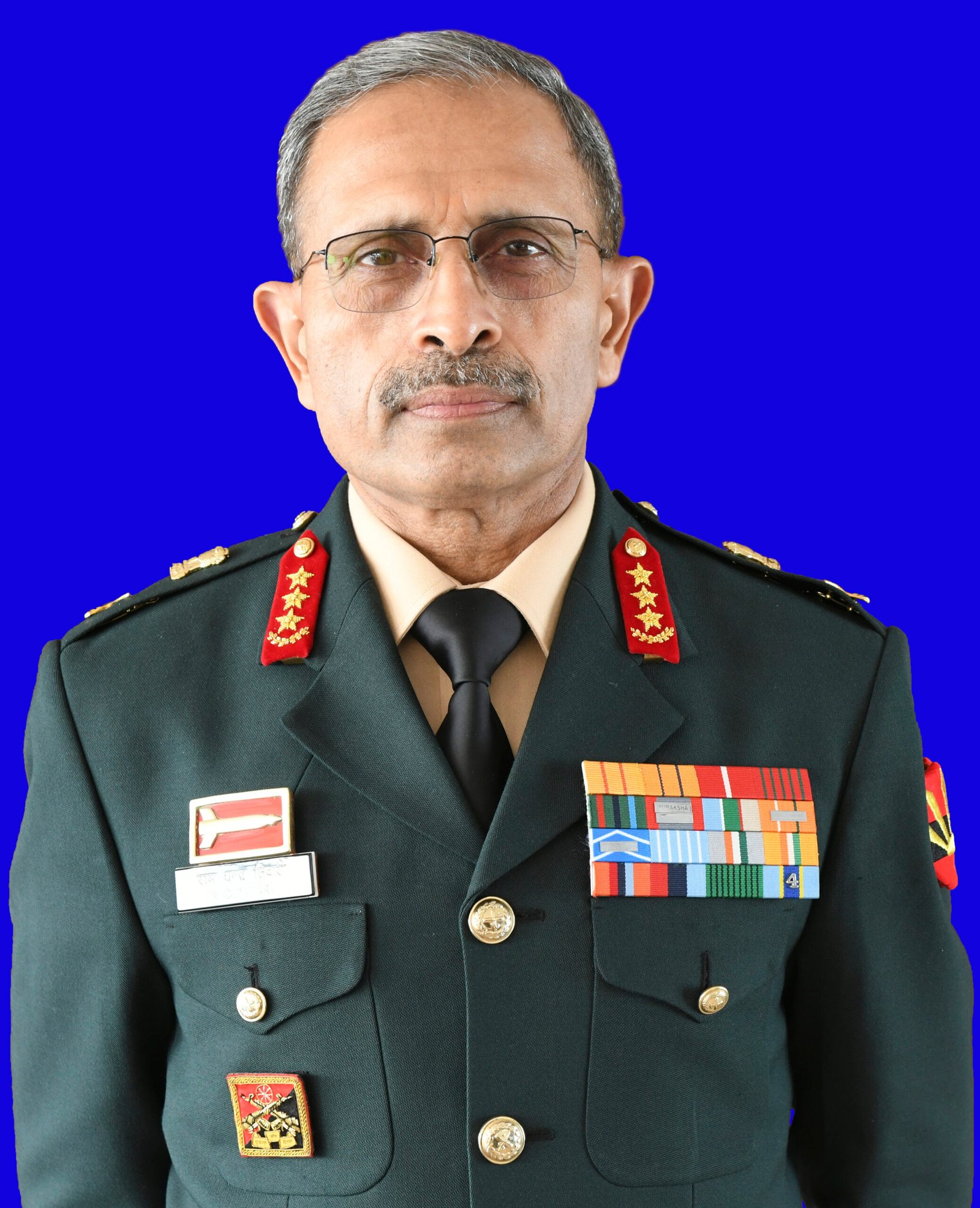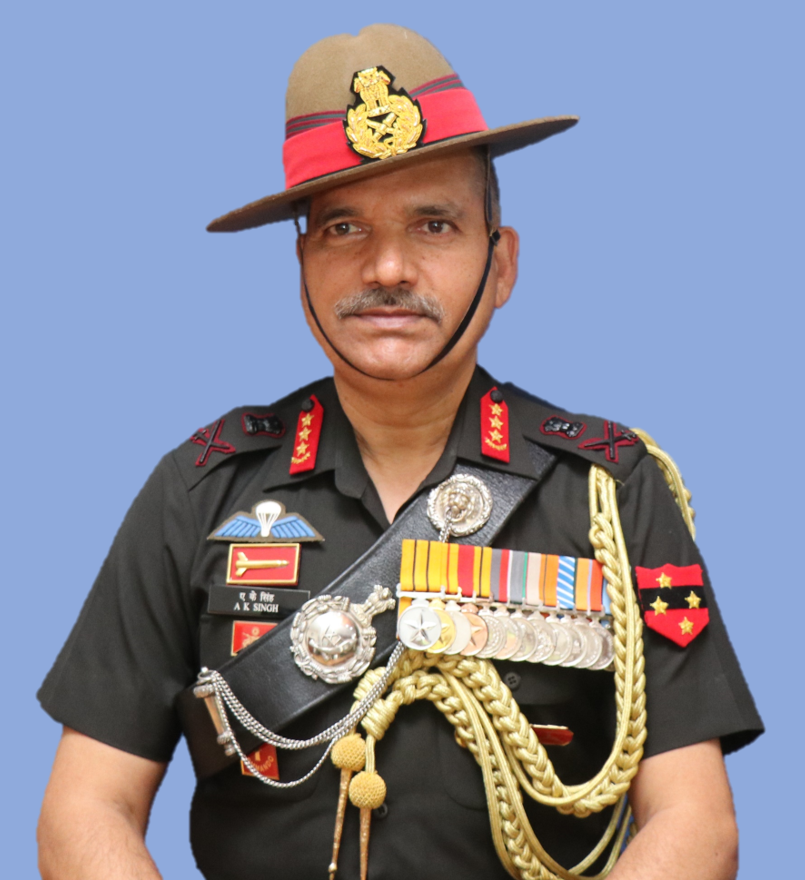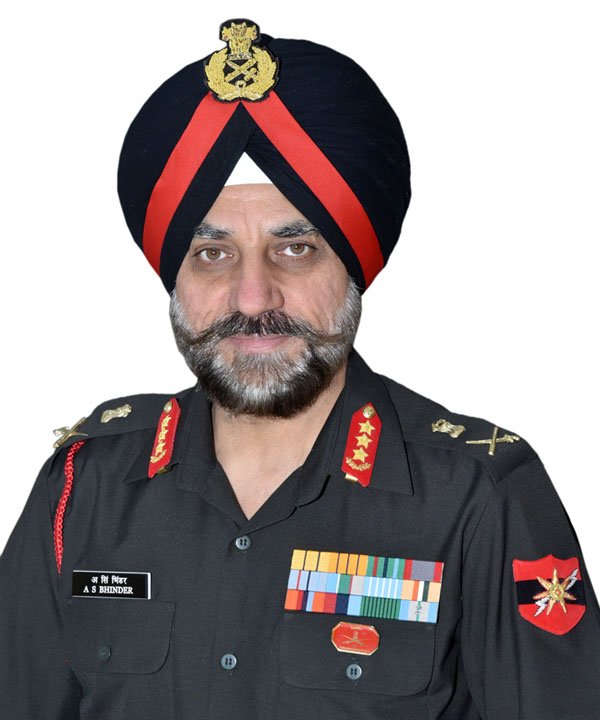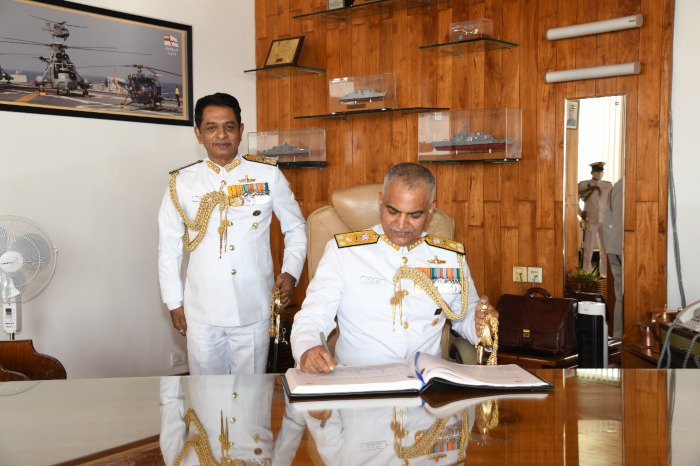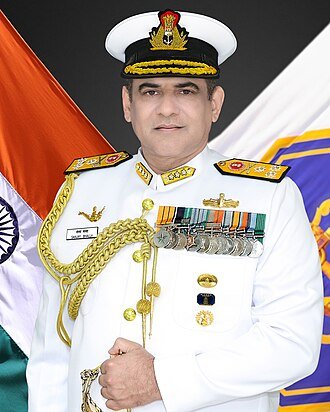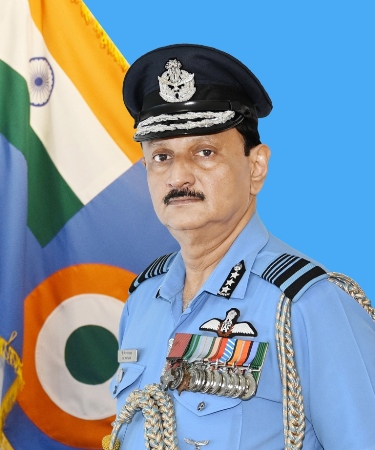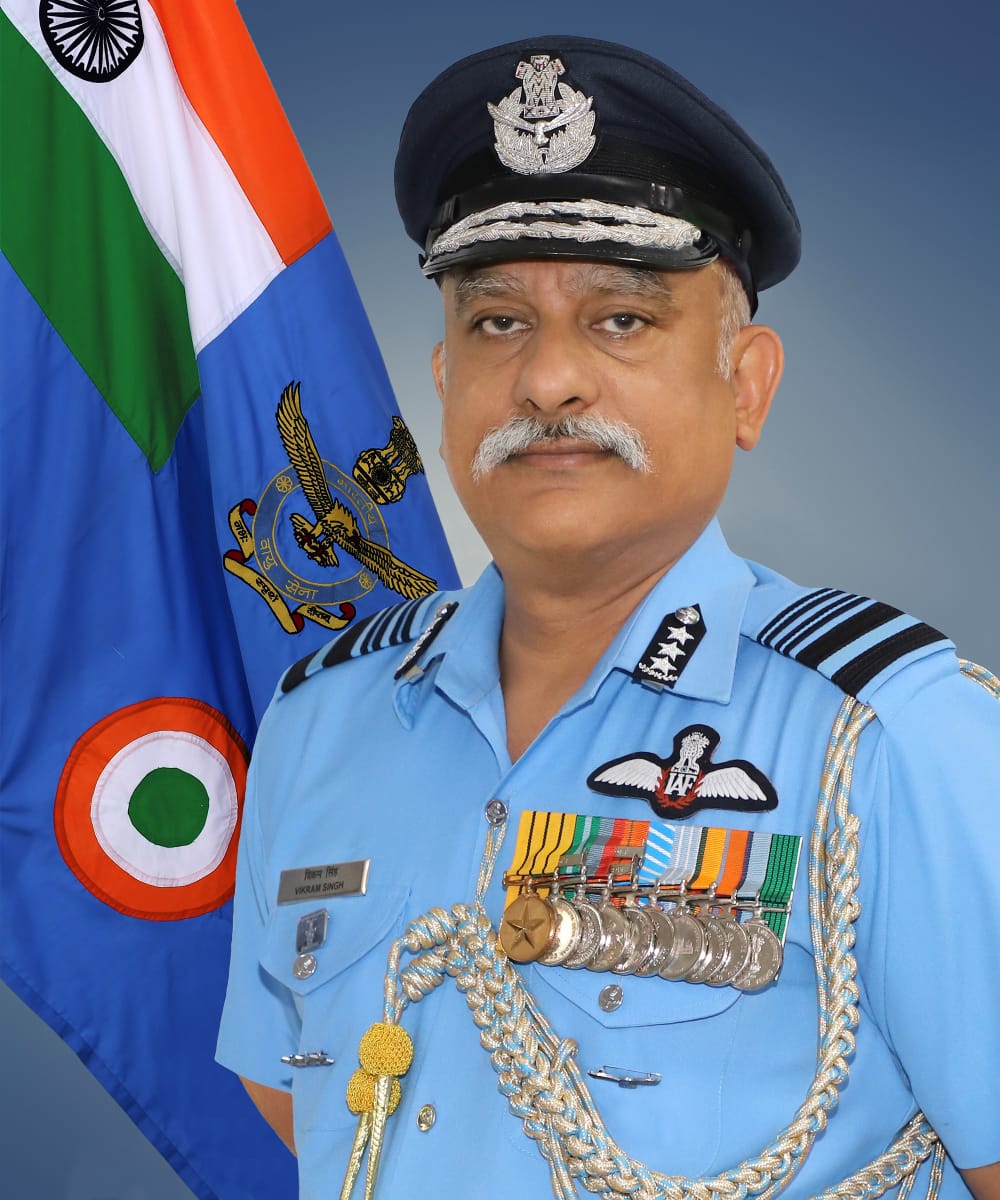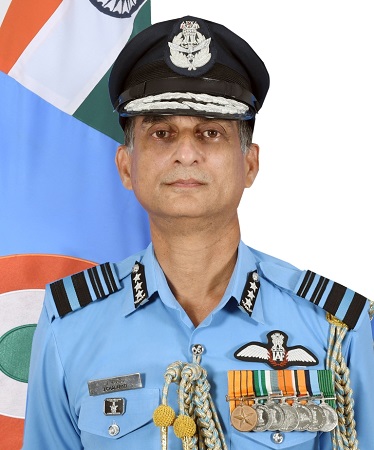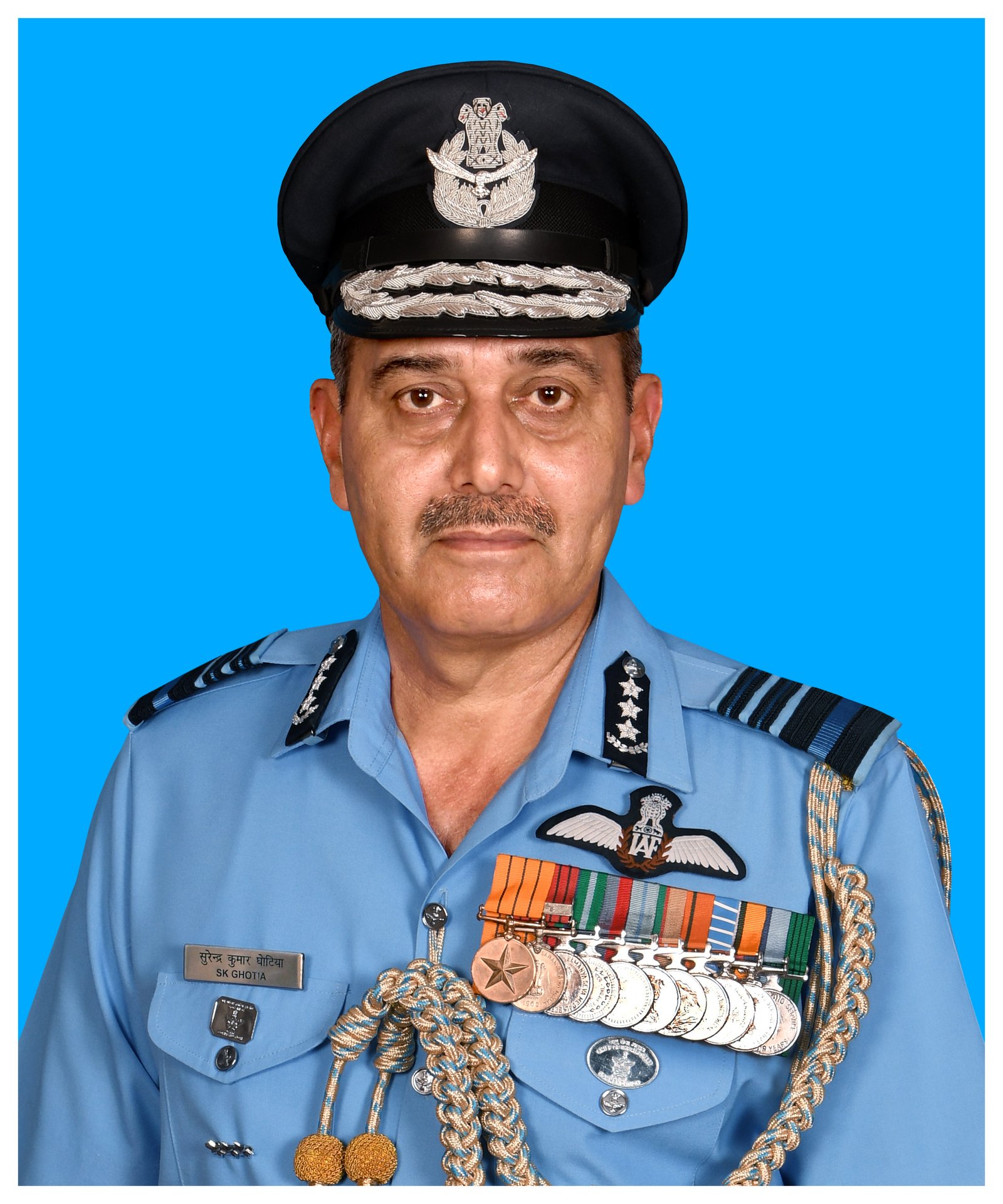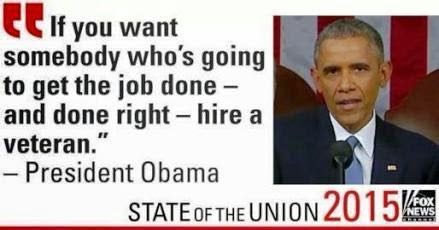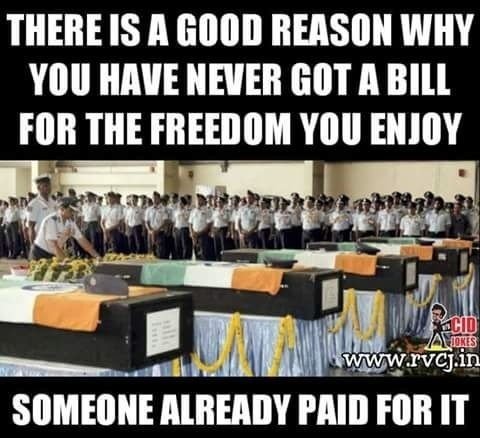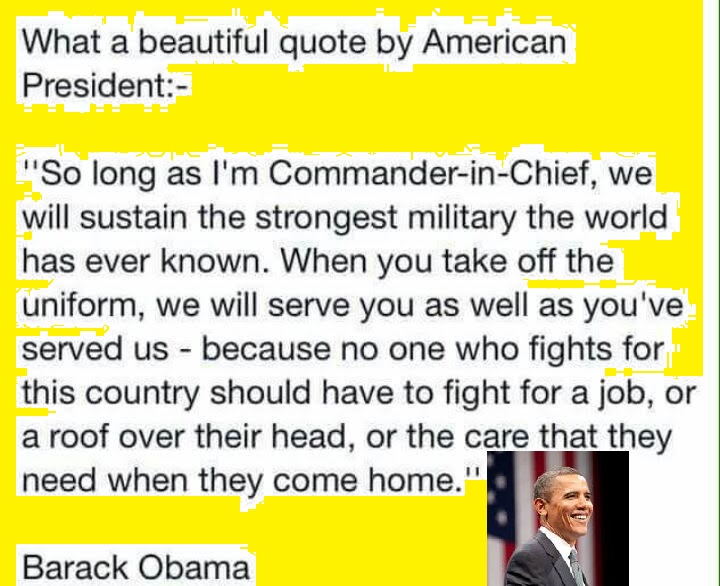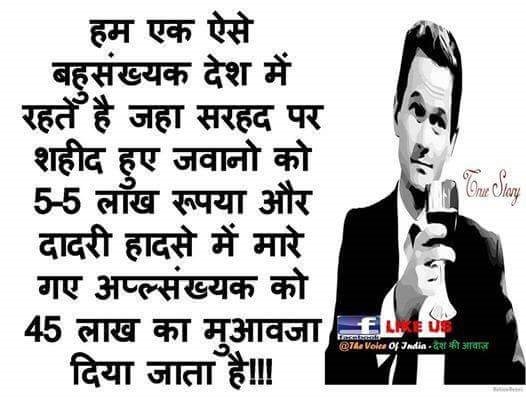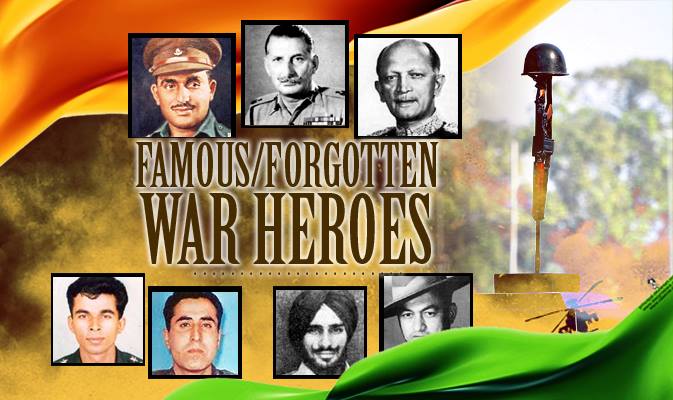The high casualty figures in Kashmir must have been extremely galling for the new Army Chief, Gen Bipin Rawat. For the first time in three decades, the government had breached the unwritten norm of seniority to appoint him as the Army Chief because General Rawat was said to have scored over his two superseded seniors on the strength of his presumed expertise in counter-insurgency operations. His outburst at best could be attributed to two very bad days this month in Kashmir that claimed the lives of six Army personnel, including a Major. What made the situation worse was the injured Major could not be rushed to hospital in time because of protesting mobs, resulting in his death. It is natural that such instances should trigger a temporary feeling of primitive blood lust in the closely-knit Army fraternity. But it does not behove an Army Chief — though schooled in the principle of using minimum force during anti-militancy operations — to overstep his jurisdiction and threaten the civilian population.
The Army has a well delineated role in anti-insurgency operations. That has been clearly breached. In fact, there is no provision in the extant laws that can make good his threat of treating all those who obstruct the Army’s operations during encounters as anti-national elements. Nor does the Army have the power to “go after” or declare elements who display flags of other countries as “terrorists”.This is a task best left to the local police. By all accounts, the police had tear-gassed people moving to the encounter site.
The reason for crowds obstructing encounters in the recent past needs to be deciphered by the civilian authorities, who in turn, need to work out a solution after consulting all stakeholders, including the Army. As General Rawat would be aware, unbridled violence during the early years of insurgency in J&K made a bad situation worse and the wounds didn’t heal. A heavy hand can bring about a temporary and deceptive calm. It can even be misconstrued as a victory. But no one has won the battle by treating all civilians as the enemy.
RAWAT REMARKS ON J&K CIVILIANS SPARK ROW
THE GOVERNMENT DEFENDED THE ARMY CHIEF, SAYING HIS STATEMENT WAS IN NATIONAL INTEREST
Leaders in Kashmir criticised General Bipin Rawat’s statement warning local youth against creating hurdles. The NC said such posturing would increase hostility and the PDP said the Army must exercise restraint. SRINAGAR: Mainstream politicians as well as separatists in Kashmir have criticised army chief General Bipin Rawat’s statement warning local youth against creating hurdles during anti militancy operations even as the government came to his defence.
Both the camps said such a statement would fuel a spurt in militancy. Opposition National Conference expressed disappointment and dismay over the “belligerent remarks” of the army chief and said such posturing would compound the situation in the Valley. “Youth rushing towards encounter sites and incidents of stone-pelting on the forces during encounters are worrying and alarming signs of the sense of alienation and disenchantment in Kashmir,” NC Spokesperson Junaid Azim Mattu said in a statement.
“The need of the hour is to understand and acknowledge the deep sense of isolation in Kashmir and deal with it with statesmanship and magnanimity. Threatening and warning youth will only push them farther from reconciliation,” the NC statement said. PDP general secretary and vice-chairperson of Horticulture Development Board Nizamuddin Bhat said the army must exercise restraint. “This has not happened today, there have been occasions in the past also. That is why we say in any circumstances, a disciplined force observes restraint,” he said.

The government defended the army chief, saying his statement was in national interest.


General Bipin Rawat, please hold your fire
For the sake of the Kashmiris and soldiers, the national interest would be better served in engaging with the youth
Let’s start with a disclosure. I’m sympathetic to the fauj and to all men in fatigues who serve in conflict zones. It is far from easy to work in Kashmir where you are alienated from your own people; where you are seen as an oppressor and are constantly told that you’re an ‘Indian dog’.
 APKashmiri youth throw stones at security forces during a protest in Srinagar, February 9. Army chief Bipin Rawat has said stone pelters will be treated as aides of jihadis
APKashmiri youth throw stones at security forces during a protest in Srinagar, February 9. Army chief Bipin Rawat has said stone pelters will be treated as aides of jihadis
But even for me — and I have fauji blood in my veins — the words used by the army chief jarred. They should, actually, make most of us cringe. General Bipin Rawat, while speaking to the media after saluting the dead bodies of his own men, said that stone pelters in Kashmir would be treated as ‘aides of the jihadis.’ He said a lot more: That those who try to disrupt terror operations in the state would be treated as ‘over ground workers of terrorists’ and would be fired on.
It is understandable that no General likes to see his men in coffins and he may, therefore, have been overwrought. It is also completely understandable that as the leader of one of the largest armies, he was trying to motivate his men, who have taken two quick knocks in the Valley in the past week.
What is difficult to stomach, however, is the fact that Rawat — as the senior- most army officer — did not think of what impact his words would have on the people of Kashmir, particularly after last year’s uprising that followed the killing of Hizbul Mujahideen militant commander, Burhan Wani.
The stone pelting youth brought the Valley to a complete standstill. Boys aged nine to 15 took over the streets and were unafraid of walking up to armed garrisons that dot the landscape of a Valley. The Valley limped back to a semblance of normalcy after an intense phase of stone pelting in the summer of 2016 but the signs of another ‘hot’ summer are visible even before the snows have melted. Neither Rawat nor anyone from his organisation have tried to soften or even clarify the tough words that had almost the same lethal force as the pellet guns.
The General, in so many ways, articulated a policy that was being practised in the Valley, particularly during the summer of 2016, when hundreds were maimed, blinded and killed. Were they all ‘aides of the jihadis’ and ‘overground workers of terrorists’?
Rawat is partially right when he says that locals sometimes prevent the army from conducting their operations. There are several instances of a large group of Kashmiri women shouting slogans while the troops are out on operations. Is Rawat now going to shoot at women who dare to vent their frustration because they are tired of living wretched lives in a militarised zone?
The army has been a part of the protracted Kashmir problem for over two decades. As the head of an organisation that has lost ranks and officers at the hands of terrorists – and sometimes because jawans have turned their guns on their own colleagues – Rawat should be asking some basic questions.
Rawat, who superseded two competent officers, to don the mantle of the chief mainly because of his experience in dealing with counter-insurgency operations (so we were told) should be asking these questions in particular. Why are the youth so enraged? Why are they unafraid of dying? Why are the women unafraid?
Why is the Valley back in a phase where local Kashmiri militants outnumber the foreign terrorists? Why is an entire population alienated? The answers are obvious. Rawat, for the sake of his own men – who don’t deserve to be in coffins – should be gently nudging the government towards a political resolution of the problem. There is already a report, painstakingly put together by interlocutors, available with the home ministry.
The unfortunate bit is that Rawat sounds like the government in Delhi. Rajnath Singh promised to review the use of the pellet guns but stopped short of banning them and now his deputy, Kiren Rijiju has endorsed the General’s stance saying, “There should be action against the stone pelters and whoever works against national interest as national interest is supreme.”
The national interest would be better served in engaging with the Valley’s youth. For the sake of the Kashmiris, our nation and of course, our soldiers, I fervently hope the General does not carry through with the threat of opening fire.


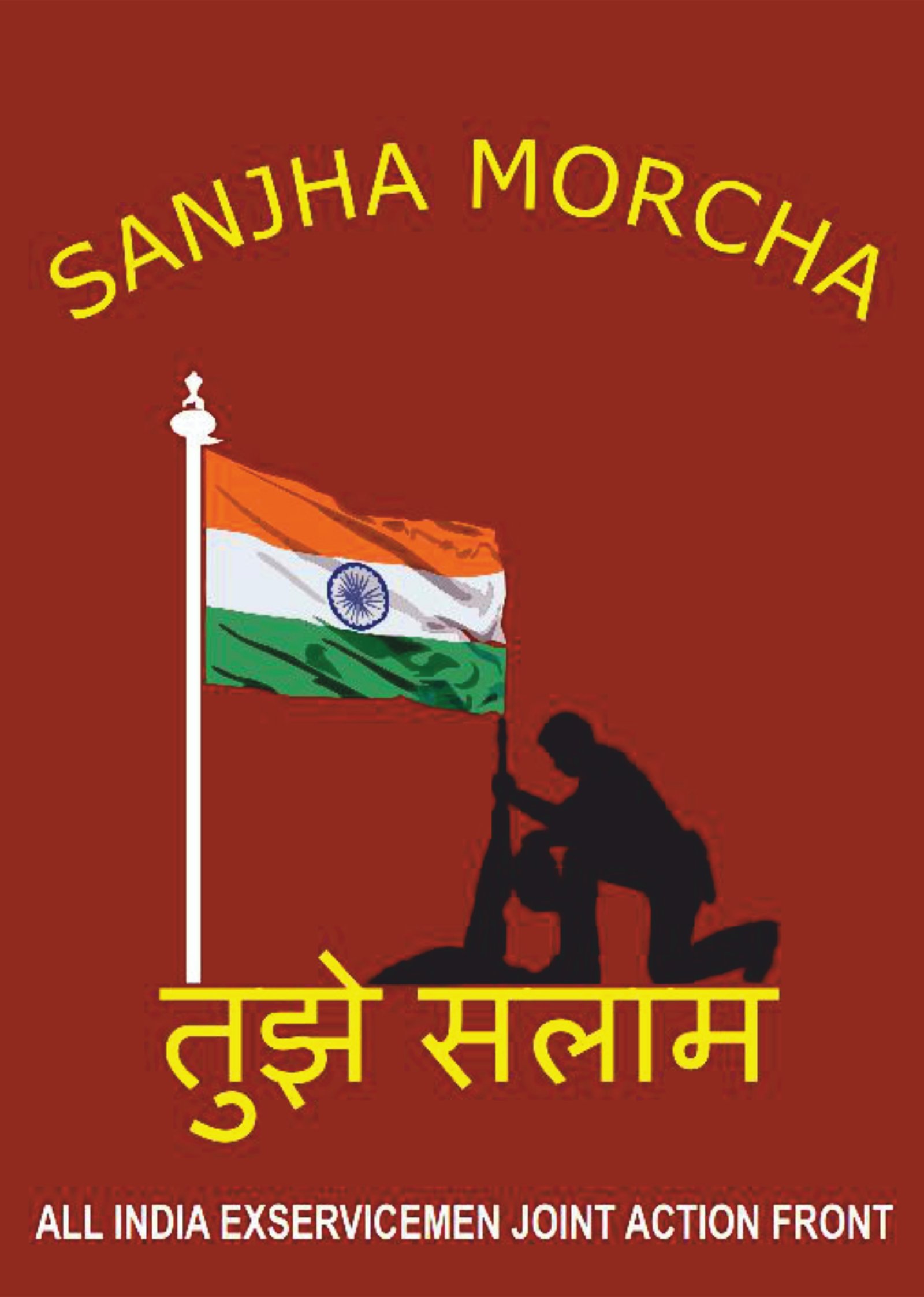

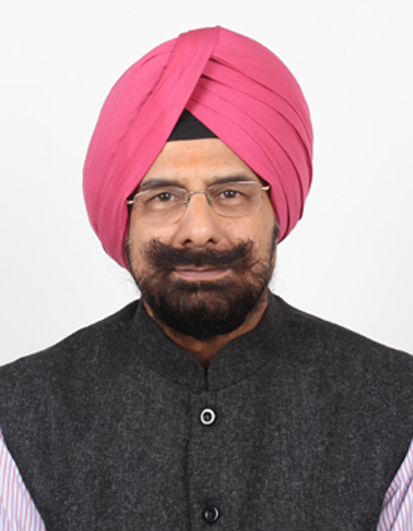


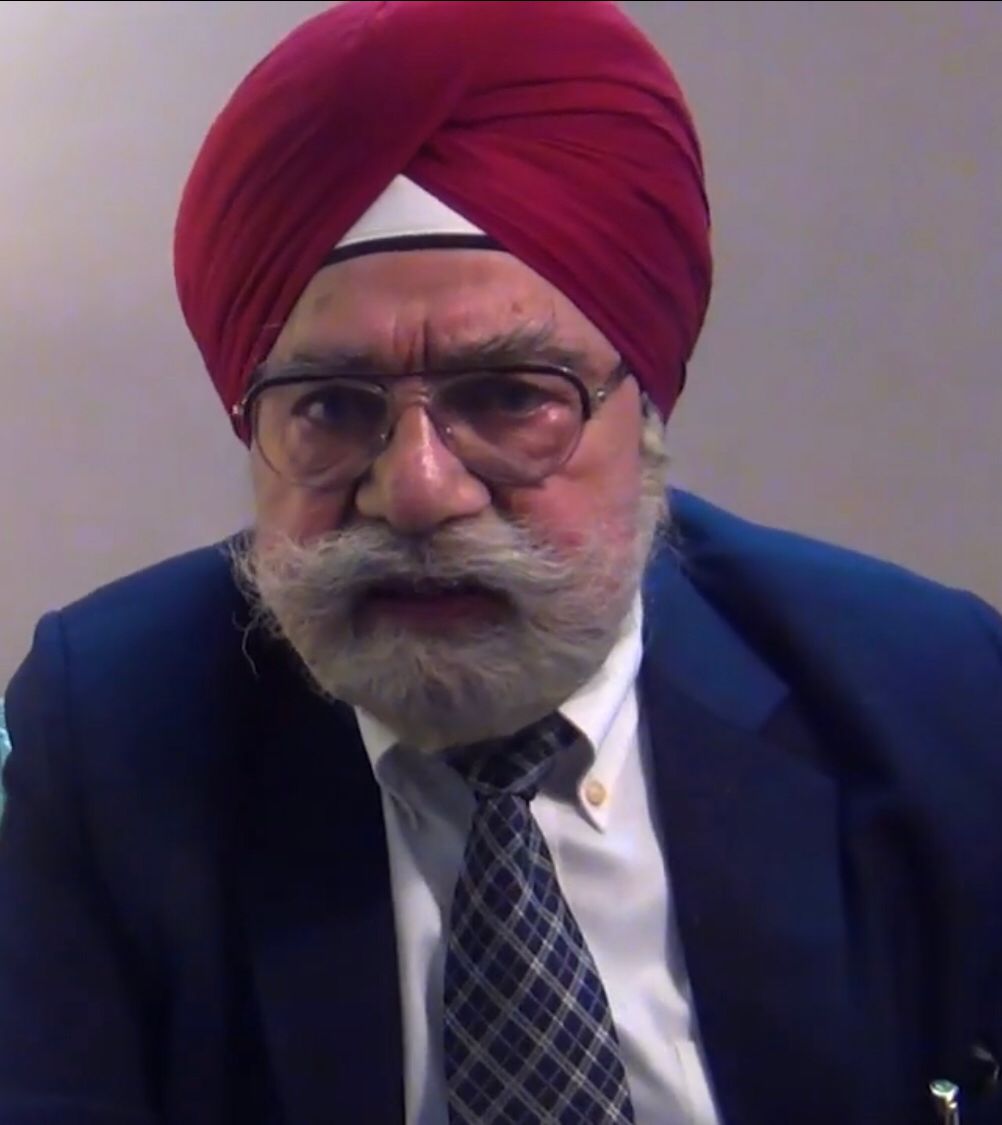

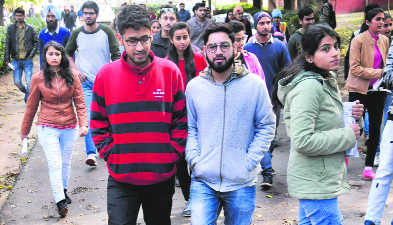

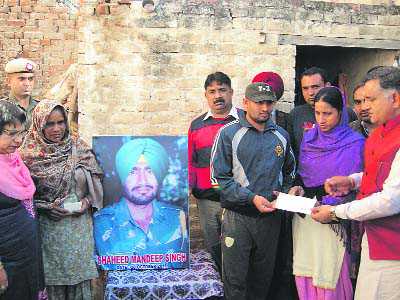
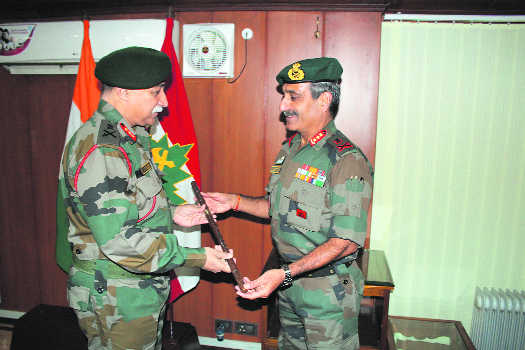
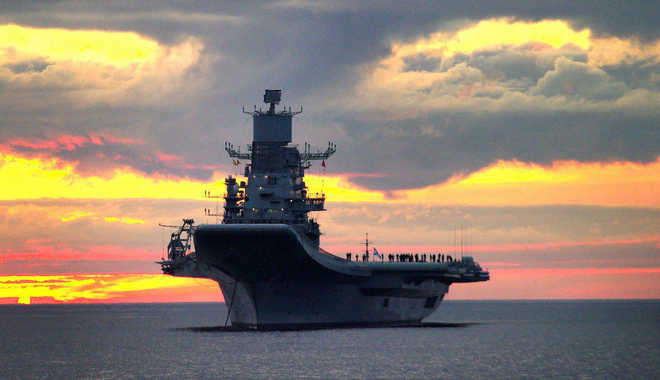




 AP
AP